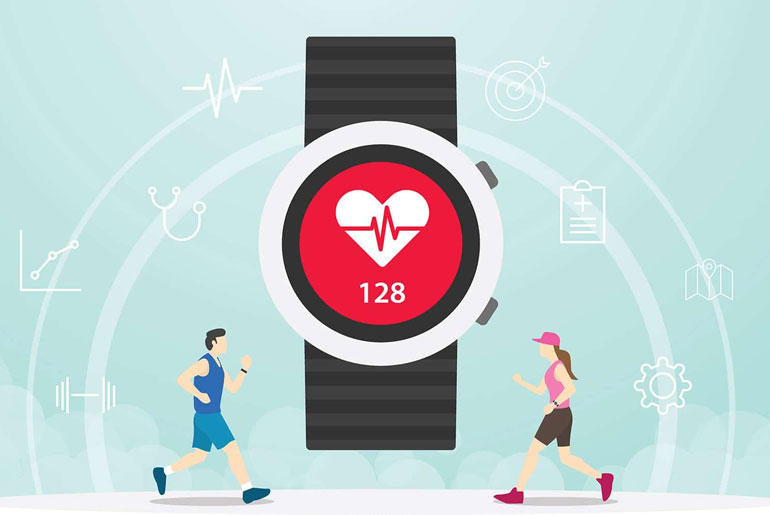The integration of technology into the fitness industry has indeed revolutionized the way people approach and engage in physical activities. The rise of fitness tracking devices, virtual fitness classes, gamification, and artificial intelligence has collectively transformed the landscape of health and wellness. Here’s a closer look at some key points:
1. Fitness Tracking Devices:
- Monitoring Health Metrics: Wearable fitness trackers provide real-time data on physical activities, heart rate, sleep patterns, and more. This information empowers users to make informed decisions about their fitness routines.
- Personalized Insights: Users can receive personalized insights based on their tracked data, helping them set and achieve fitness goals.
2. Virtual Fitness Classes and Personal Training:
- Accessibility: Virtual platforms make fitness accessible to individuals regardless of location. This has become especially important during times when in-person gatherings are limited.
- Diversity of Workouts: Users can access a wide variety of workouts led by professional trainers, catering to different preferences and fitness levels.
- Remote Personal Training: Virtual personal training sessions allow for personalized guidance and support, breaking down geographical barriers.
3. Gamification of Fitness:
- Increased Motivation: Gamification features, such as challenges, rewards, and leaderboards, make fitness more engaging and enjoyable. Users are motivated to achieve goals and compete with friends, turning exercise into a social activity.
- Long-Term Engagement: The element of competition and achievement unlocks helps maintain long-term engagement in fitness activities.
4. Artificial Intelligence and Personalized Workouts:
- Customization: AI analyzes user data to generate personalized exercise routines and nutritional recommendations, considering individual health records and fitness levels.
- Virtual Coaches: AI-powered virtual assistants offer real-time guidance and support, creating a 24/7 digital fitness companion.
- Efficiency: AI can streamline the process of tailoring fitness plans, making them more efficient and effective.
5. Compatibility Solutions:
- Seamless Experiences: Addressing compatibility concerns, such as file systems for workout data storage, ensures that fitness enthusiasts can enjoy virtual sessions without technical obstacles.
6. Future Possibilities:
- Continued Innovation: As technology advances, the fitness industry can expect even more innovative solutions, potentially integrating virtual reality, augmented reality, or other emerging technologies.
- Health Integration: Future developments may further intertwine fitness technology with overall health management, providing holistic solutions.
In conclusion, the marriage of technology and fitness has not only made health and wellness more accessible but also transformed these pursuits into dynamic, personalized, and engaging experiences. The ongoing advancements in technology will likely continue to shape the future of fitness in ways that we can only imagine.
Disclaimer:
The information contained in this article is for educational and informational purposes only and is not intended as a health advice. We would ask you to consult a qualified professional or medical expert to gain additional knowledge before you choose to consume any product or perform any exercise.







